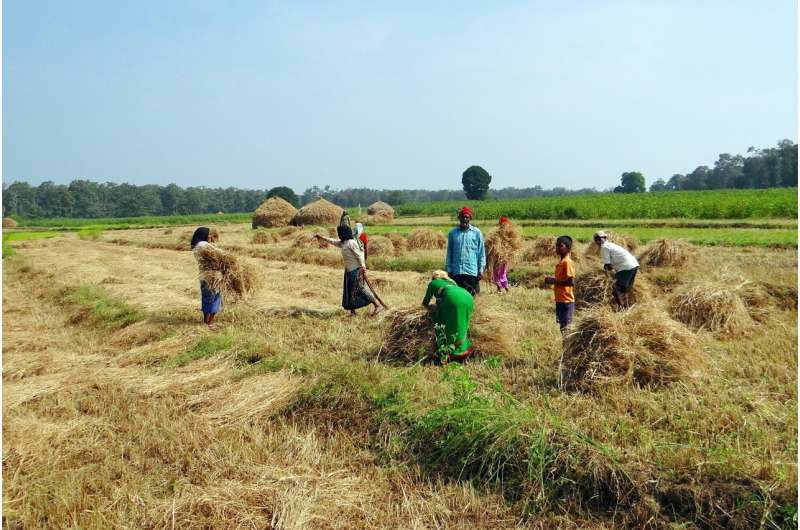How the pandemic affected migrant workers in India

Research in the International Journal of Services, Economics and Management has looked at the impact of the COVID-19 pandemic on the livelihoods of migrant workers in the Jalpaiguri region of India at the foothills of the Himalaya Mountains. The study by Nirmal Chandra Roy of the Department of Business Administration (Human Resource) at The University of Burdwan in West Bengal, India, used a structured questionnaire to collect data and the analysis reveals that local migrant workers who lost their jobs during the pandemic were the worst hit by the nationwide lockdown.
The COVID-19 pandemic affected everyone globally in terms of health and mortality but also with regard to livelihood and the wider economy. Where lockdowns, quarantines, social distancing, and other restrictions were implemented in order to stifle the spread of the coronavirus SARS-CoV-2 the impact on the workforce was enormous understanding the effect on migrant workers was the focus of the present study.
There was a supposition that this particular demographic may well have been affected even more detrimentally than other workers in some ways. India has hundreds of millions of migrant workers with several million migrating each year. It was reported that prior to the pandemic, most migrants traveling to cities such as Delhi, Mumbai, Hyderabad, and Chennai in 2019 came mainly from the Indian states of West Bengal, Bihar, and Uttar Pradesh. More than 30 million Indians migrated overseas with about 9 million of those settling in Arab states.
Roy writes that the study provides an invaluable benchmark for labor studies and for policymakers in this region where more than half a million people leave their homes to find work elsewhere. The work reveals the plight of migrants from this particular region returning home to no income opportunities during the lockdown.
Some small tea plantations offered limited part-time work for a few of the returners, but the long-term prospects were dire for many. Earnings for the majority were negligible. Roy points out that the pandemic itself limited the research to this particular region, but suggests that wider studies might show a similar detrimental effect in other regions and so could help in the decision-making processes among policymakers looking at how the poverty-stricken migrant populations might be helped out of their predicament.
More information: Nirmal Chandra Roy, Impact of COVID-19 on the migrant worker livelihood: study in the Jalpaiguri Region, India, International Journal of Services, Economics and Management (2021). DOI: 10.1504/IJSEM.2021.10043084
Provided by Inderscience





















